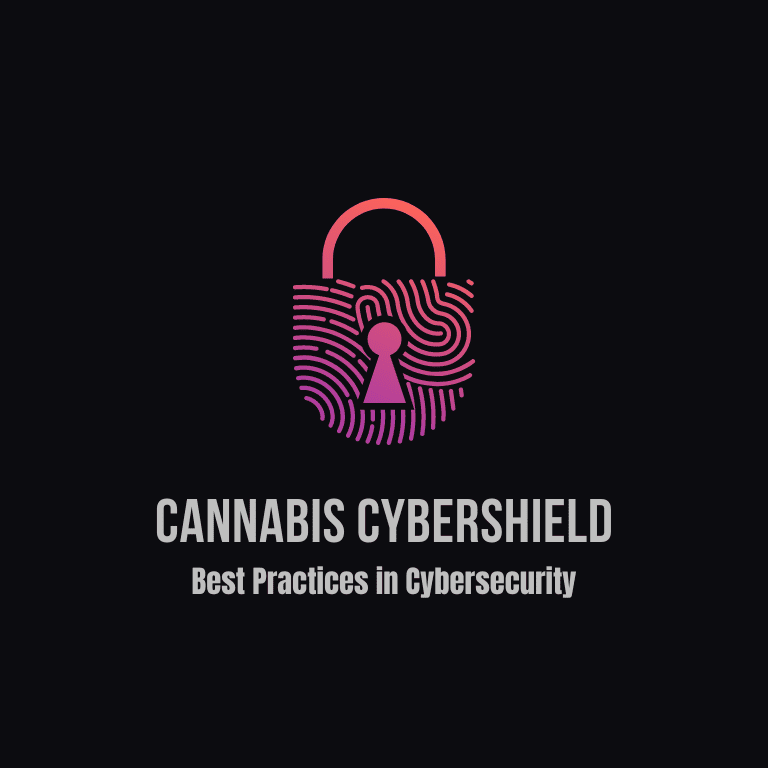Cannabis Cyber Shield: Best Practices in Cybersecurity

Culture must be reinforced from the highest levels of organizations, emphasizing that cybersecurity is not solely an “IT issue” but a concern that impacts the entire business. Forbes and Harvard Business Review have highlighted the crucial role of boards of directors in cybersecurity.
Provide Comprehensive Employee Training
Employee mistakes account for a significant portion of data breach incidents. Implementing cybersecurity training, including complex simulations, is essential to instill good cyber hygiene. Explore top cybersecurity training resources for employees.
Develop and Test Incident Response Plans
Prepare for cybersecurity incidents by developing and testing incident response and communications plans. Entities like CISA, FTC, and FCC offer tools to help organizations create effective plans. Proper communication during incidents is vital, as demonstrated by recent SEC settlements related to false statements about ransomware attacks.
Enable Multi-Factor Authentication (MFA)
Implement phishing-resistant MFA to protect against cyber threats. Avoid relying solely on SMS-based authentication, which can lead to MFA fatigue. Learn more about MFA best practices and lessons learned from recent data breaches.
Keep Software & Hardware Updated
Regularly patching software and hardware vulnerabilities is crucial for reducing security risks. Phasing out older products without security updates is also essential. Discover more about patching and security updates.
Deploy Endpoint Detection & Response (EDR)
Utilize EDR platforms to detect and respond to suspicious endpoint activity swiftly. Crowdstrike offers a comprehensive overview of EDR and its benefits.
Use a Reputable VPN
A Virtual Private Network (VPN) enhances internet connection security, providing privacy and anonymity online. Explore the benefits of VPNs for cannabis businesses.
Exercise Caution with Links to Avoid Phishing Attacks
Be wary of phishing attacks by checking links before clicking them. Learn how to identify safe links and avoid falling victim to malicious activities.
Implement Strict Password Policies
Enforce complex password policies and encourage the use of password managers to enhance security. Avoid common passwords and monitor for potential data breaches using online tools.
Utilize Secure File-Sharing Solutions
Securely share sensitive files using encrypted file-sharing solutions to protect business documents and customer information.
Adopt Mobile Device Management (MDM)
Implement mature MDM platforms to manage all company devices securely while maintaining workforce flexibility and productivity.
Backup Data to Mitigate Ransomware Risks
Backup data regularly to mitigate the severity of ransomware attacks, a significant concern for cannabis operators.
Embrace Zero Trust Framework
Zero Trust is a strategic cybersecurity model that protects critical systems and data by initially distrusting access or transactions from anyone. Learn more about implementing Zero Trust.
Change Default Passwords on IoT/ISC/OT Systems
Prevent unauthorized access by changing default passwords on internet-connected systems and restricting network access to critical systems.
Develop Acceptable Use Policies
Establish acceptable use policies to outline appropriate network and internet usage. NIST offers examples of acceptable use policies for reference.
Enable Firewall Protection
Deploy firewalls as the first line of defense against external threats, malware, and hackers attempting to access data and systems.
Implement Identity Lifecycle Management
Automate and manage digital identity lifecycle processes to ensure appropriate access levels for employees across the organization.
Develop Vendor Risk Management Procedures
Mitigate supply chain cybersecurity risks by implementing vendor risk management procedures and conducting risk assessments.
Perform Asset Inventory, Including IoT Devices
Understand network-connected devices and systems, their interactions, and security postures by conducting comprehensive asset inventories.
Participate in Information Sharing Communities Collaborate with industry peers to build collective resilience against cyber threats. Share threat intelligence and insights to enhance cybersecurity readiness.
As an industry, it’s vital to embrace cybersecurity best practices and collaborate effectively to safeguard against cyber threats and ensure the integrity of cannabis operations. Together, we can build a more resilient and secure cannabis ecosystem.











